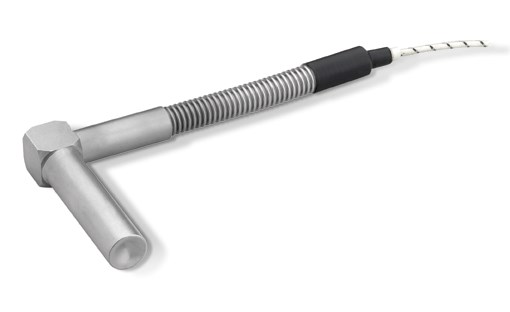From the Field: Maintenance Tips
When putting together this month's first annual Mold Maintenance and Repair Supplement, there was no shortage of content. So much so, we could not accommodate all of it in the printed publication, so we'll be sharing additional insight online and in upcoming issues. One such tip is on mold heater maintenance.
Share

When putting together this month's first annual Mold Maintenance and Repair Supplement, there was no shortage of content. So much so, we could not accommodate all of it in the printed publication, so we'll be sharing additional insight online and in upcoming issues. One such tip is on mold heater maintenance. Walter Porter is an electrical/electronics engineer for Rexam Mold Manufacturing and he shares the following list of methods to check heaters/thermocouples:
1. Take Ohm reading across the T/C leads. Should be less than 12Ohms (very long leads could change this reading).
2. Take Ohm reading across the heater leads, this should be compared to manufacturer heater charts*.
3. Take Ohm reading from T/C to heater leads, this should be 1MOhms to an open reading. Anything less than 1MOhms could be a problem; anything less than 100KOhms is bad.
4. Check Ohm heater leads to ground or to heater housing, if the heater is not in the mold. This reading should be 1MOhms or greater. Anything less than 1MOhms could be a problem; anything less than 100KOhms is bad.
* The heater manufacturer chart is a wattage to resistance chart, when checking a heater the wattage information should be known and can be found in the manufacturer information. If unknown, compare to a heater of the same type in the mold.
At RMM they use heaters from Nexthermal Corporation.








.jpg;maxWidth=300;quality=90)







